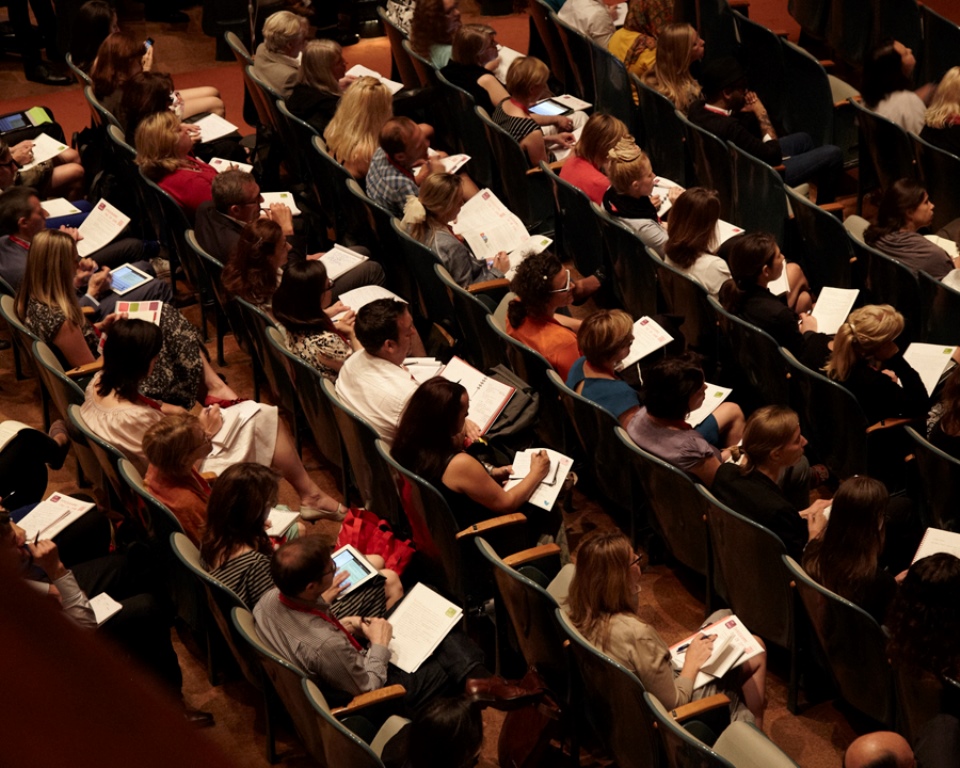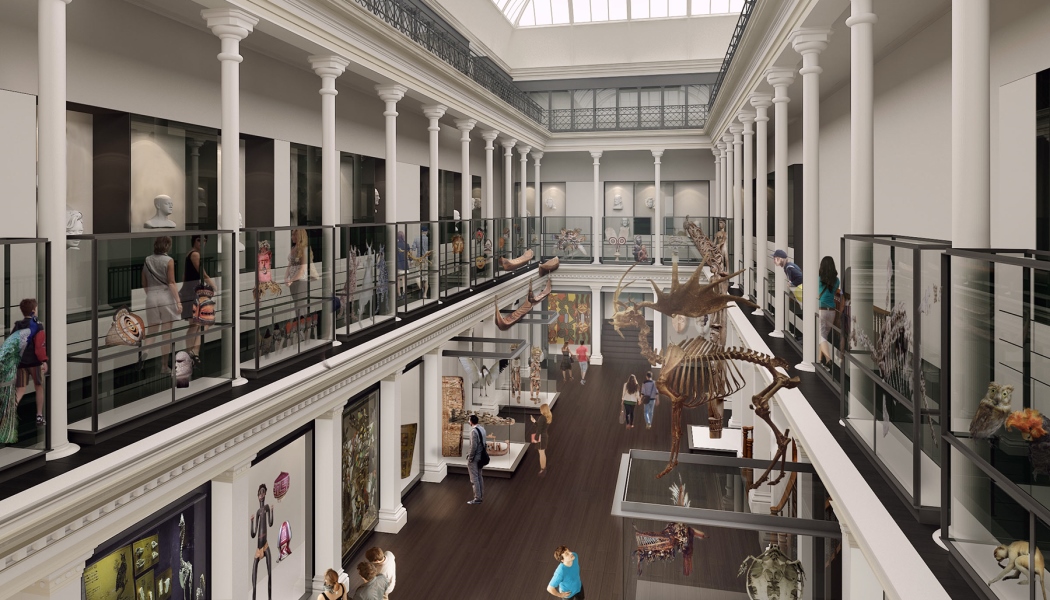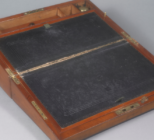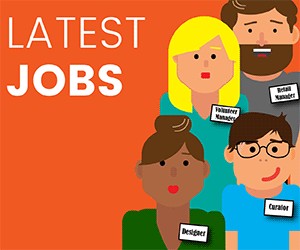A consequence of the government’s push for austerity for the museum sector was fully realised in 2015’s spending review where it was confirmed that local authorities, which fund 40 per cent of museums, would face cuts of 29 per cent. This is one example that highlights the change in traditional funding and has led to more competition for grants from major funders such as the Heritage Lottery Fund (HLF) and Arts Council England (ACE), which have responded by making available smaller funds such as the Transition Fund and Museum Resilience Fund respectively. Following the EU Referendum result in favour of Brexit it likely at some point that UK cultural organisations will not be eligible for Creative Europe funds, potentially closing another source of funding.
A noticeable result of the economic downturn is that fundraising and sponsorship are becoming more commonplace and even embedded in cultural organisations’ business plan say experts. Again this creates more competition for funding but it also means that museums are far more likely these days to ask for money from a greater section of the population in more varying ways than a collection box or event.
Next week the Communicating the Museum conference at the Deutsches Historisches Museum in Berlin, which brings together arts and communications professionals from all over the world, has for the first time dedicated a whole day to focus on sponsorship and fundraising.
“Due to ever increasing cuts in public funding, securing sponsors and partnerships is vital in order for museums to ensure a steady source of income,” said Communicating the Museum founder, Corinne Estrada. “This is an issue which is relevant across all arts organisations and that’s why we have decided to facilitate discussions around this topic at CTM Berlin. Museum professionals will have the opportunity to exchange best practices and thought leadership with professionals from the corporate and charity sector.”
As well as sharing insights into the latest fundraising trends during panel discussions there will also be presentations on how a museum’s press office can successfully attract potential donors by promoting its exhibitions in the media. The fundraising day is designed to inspire museum professionals through the discussion of top tips on overcoming challenges and how to use marketing strategies to create and nurture long term relationships with donors.

“Fundraising has become much more embedded into an organisation’s business planning; for the major institutions fundraising is now considered as part of the overall planning (including artistic planning!) and organisational development,” says Nicole Newman, Development Director & Project Director, ENB City Island, English National Ballet. “Development Directors play key roles at Executive level, as opposed to being seen as separate or a “necessary evil” – we are less silo-ed.”
Newman, who will hold a workshop at the conference entitled: Five Barriers to Successful Fundraising and How to Overcome Them, has previously worked as Development Director at English National Opera and Somerset House and led the corporate fundraising at V&A and Tate, establishing many of the commercial partnership strategies that exist today and says that from a funder perspective there has also been a shift towards major giving and individual giving especially since the recession when corporate sponsorship became far more challenging.
Fundraising has developed in the 21st century in a number of ways including the ability to launch a campaign online and crowdfund. This has been successfully demonstrated by the Art Fund’s Art Happens, which has raised £300,000 in two years for 16 museum projects, and also illustrates Newman’s observation that museums are now more prepared to ask more people more of the time for help with funds.

“There’s more emphasis on building a ‘culture of philanthropy’ and on asking at every opportunity,” she says. “There’s more promotion of our ‘need’ with all audiences – not just the mega-rich – being asked to consider a donation. There’s definitely a move towards a ‘crowd fundraising’ model with requests for smaller sums from larger numbers making up our fund-raising targets as well as major gift and trust support.”
But with this model come challenges and the big one for Newman is competition. This can be seen with cuts to local authority funded museums meaning they are more inclined to compete for HLF and ACE funding for example. ACE is about to announce whether it will go ahead with plans to integrate its Arts funding with museums and libraries, which it believes will stimulate healthy competition for funding (and also provide a larger funding pot for museums). However, this also creates more confidence and ingenuity in organisations in persuading potential funders, especially those that fall outside the cultural sector.
“I think one of the biggest challenges is there’s more competition; the impact of fundraising being given more profile (which I fully support, by the way!) is that more and more organisations are doing it,” says Newman. “This is great for the donor who now has a vast choice of organisations they can support, but does mean museums and cultural organisations have to work much harder to compete for funds.”
This means, according to Newman, that museums need to be very clear, not just about what they do, but about why they do it, what their impact is, what their value is compared to other cultural organisations – and other charities. These are challenges that need to be addressed by the whole organisation she says, not just the fundraising department and implementing this kind of culture change to ensure organisations can raise funds and become more sustainable in future.
In terms of the organisations themselves she says, leadership and governance are crucial. “Artistic leaders and Boards that have the experience, confidence and intelligence to understand and deliver a careful balance between creating a compelling artistic vision and developing a commercially sustainable business are rare.”
When it comes to sponsorship there have been many high-profile deals that have provided much-needed funds for museums, which have also led to protests about the suitability of the sponsor such as the British Museum and BP.

In February this year the Australian Museum brokered an AUS$9m (£5.1m) partnership with Wespac bank and the New South Wales government to redevelop the country’s first museum gallery and transform it into the Westpac Long Gallery in 2017.
Kim McKay Executive Director & CEO Australian Museum, who will give a masterclass at the conference and who has been instrumental in gaining the Long Gallery sponsorship, says that for any partnership to work, both parties have to feel satisfied.
“Just about every museum in the world is facing similar funding challenges so sponsorship needs to be part of the overall ‘mix’ of where funding can be secured,” says McKay who has raised more than $100 million for a range of programmes, events and causes in both Australia and the US. “I think it’s going to become even more significant in the future and will begin to equal philanthropic support for specific projects and products. Examples of this are sponsorship of specific galleries and exhibitions, field projects/expeditions, educational outreach and citizen science.”
In order to be in a position to attract sponsorship, the Australian Museum had to determine how much money it needed to restore the Long Gallery and install the 200 Treasures exhibition. Once they had a figure in place the museum decided that the best way to achieve the budget was to obtain a third of the funding from a sponsor, a third in matching funding from the New South Wales Government, and a third from major donors.
“I really believe that sponsorship should be a ‘win, win’ proposition,” says McKay. “We knew that the Australian Museum was about to turn 190 years of age next year – so I did a quick market scan and discovered one of our largest banks, Westpac, was about to turn 200. I thought that the restoration of the Long Gallery, as Australia’s first museum gallery would make a perfect project for Westpac – a permanent and significant gift to the people of Sydney and Australia marking their anniversary and ours.”
The museum is now on track to deliver the project and reopen the newly restored gallery in October 2017 and McKay says this was a good approach in ‘spreading the risk’ across various funding sources and also to engage with a number of partners and is a model that can work well anywhere.
Communicating the Museum will be held in Berlin from 12-15 July.
Top Tips for fundraising and sponsorship
Fundraising Donors
Nicole Newman, Development Director English National Ballet
Donors – of any type – will give to organisations they feel passionate about or have developed an emotional connection with.
There has to be some return even if that return is just a warm fuzzy feeling. Cultural organisations need to consider how they can deliver that return – how do they create an emotional connection with their audiences that will be sustained beyond their immediate interaction with the art?
This is often created by the whole experience – not just the art: the atmosphere in the venue, the pre-publicity and buzz, the other audience members, as well as the high quality of the work that need to entertain as well as challenge.
Personal relationships are also crucial – spending time on developing relationships with potential donors, ensuring the right people are engaging with them regularly, making prospective donors feel like they have been invited into your warm and friendly family.
It’s a long-term game and requires patience, but pays off.
Sponsorships
Kim McKay, Executive Director & CEO Australian Museum
For any partnership to work, both parties have to feel satisfied – that the benefits derived are well understood and executed.
Firstly do your research to ensure the ‘best fit’ for your organisation – ensure that your sponsor or donor is philosophically aligned to your organisation. What is their motivation for giving to your organisation? What are their expectations?
Secondly, ensure you are pricing your “product” in the right way – can you quantify the value you are offering and have you clearly defined the benefits that you’ve promised to deliver. Are you able to deliver over the long-term? You want to make sure that you both have an equal understanding and agreement as to the benefits that will be delivered (keeping in mind in some markets that government regulations surrounding donations which give tax deductions limit the benefits).
And thirdly, ensure you are activating the sponsorship and/or donation in the right way so that the funding really delivers – perhaps even doubles the impact of the $$. Activation is key – are you marketing and promoting the support in the right way? Do you have enough resources to be able to fulfil on expectations? Can this gift be matched and the funds extended?
And remember to be creative – partners look to the cultural sector for inspiring ideas, so be creative and not afraid to propose something new.
Rules to remember before seeking out a potential sponsors
Don’t go into business unless you trust the organisation and unless their values align with your organisation’s values.
Ensure you’ve done your due diligence to understand their motivation for wanting to partner with you to limit any unforeseen controversy in the future. Are you other donors/sponsors going to be pleased by the new ‘member’ of the group? Is your board comfortable? Is the partnership going to play out well in the media. Like with any venture, you need to measure the risks involved.
Don’t over promise and under-deliver! Don’t agree to do things that you can’t 100% deliver upon. “An area which is often difficult is in the amount of publicity generated and the number of times a sponsor might be recognised or mentioned in a story. You have no control over this so don’t promise – you can only do your best to manage outcomes with media. You need to be completely open and upfront about engagement in content.”
The integrity of your organisation is paramount and it’s why someone wants to support you in the first place. So don’t risk that by allowing sponsors or funders to dictate content decisions. By all means involve them, but again, manage the expectation.










